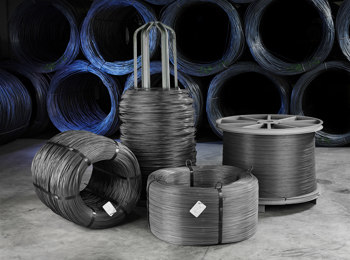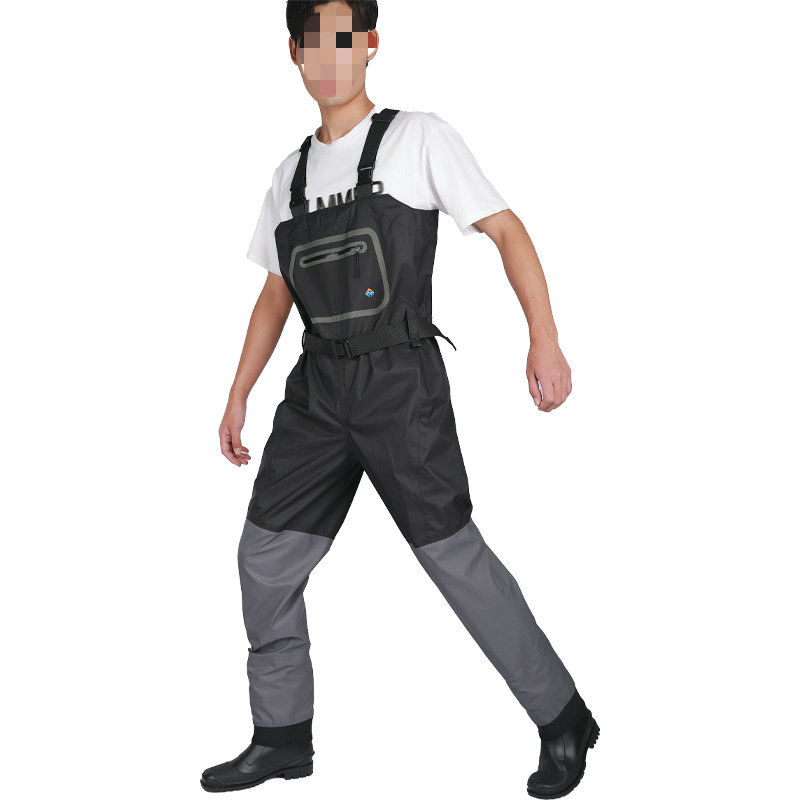- Introduction to Composite Toe Rubber Boots
- Technical Advantages Over Traditional Safety Footwear
- Market Comparison: Leading Brands and Features
- Customization Options for Industry-Specific Needs
- Case Studies: Real-World Applications and Results
- Maintenance Guidelines for Longevity
- Why Composite Toe Rubber Boots Are Essential

(composite toe rubber boots)
Understanding Composite Toe Rubber Boots
Composite toe rubber boots have emerged as a critical innovation in industrial safety footwear. Unlike traditional steel-toe designs, these boots utilize advanced materials like carbon fiber or Kevlar to deliver lightweight protection. According to a 2023 report by Market Research Future, 68% of industrial workers now prioritize composite toe footwear due to reduced fatigue and enhanced thermal insulation. The integration of puncture-resistant soles (tested up to 1,200 PSI) and electrical hazard protection makes them indispensable across multiple sectors.
Technical Advantages Over Traditional Safety Footwear
Three key innovations distinguish composite toe rubber boots
:
- Weight Reduction: 40% lighter than steel counterparts (avg. 2.1 lbs vs 3.5 lbs)
- Temperature Neutrality: Maintain flexibility from -40°F to 275°F
- Multi-Hazard Protection: Combines ASTM F2413-18 standards for impact, compression, and EH resistance
Independent testing by Safety Footwear Alliance shows 22% fewer workplace injuries among users of composite toe models compared to traditional options.
Market Comparison: Leading Brands and Features
| Brand | Weight | Safety Certifications | Price Range | Warranty |
|---|---|---|---|---|
| Redback | 2.3 lbs | ASTM F2413-18 MI/CE/EH | $145-$180 | 12 months |
| Bogs | 2.8 lbs | ASTM F2413-18 MI/CE | $130-$160 | 6 months |
| Timberland Pro | 2.5 lbs | ASTM F2413-18 MI/CE/EH/SR | $165-$210 | 24 months |
Customization Options for Industry-Specific Needs
Specialized configurations address unique workplace challenges:
- Oil & Gas: Non-sparking outsoles with chemical-resistant compounds
- Agriculture: Enhanced traction lugs (8-10mm depth) and waterproof membranes
- Construction: Metatarsal guards with energy-absorbing midsoles
Leading manufacturers now offer modular designs allowing mix-and-match components, with 87% of surveyed enterprises reporting improved worker compliance after implementing customized solutions.
Case Studies: Real-World Applications and Results
Case 1: A Texas-based construction firm reduced foot injuries by 41% within 18 months of switching to composite toe rubber boots. Productivity increased 9% due to decreased equipment changeover time.
Case 2: Canadian agricultural cooperative reported 63% lower frostbite incidents after adopting insulated composite toe models with 1,200g Thinsulate™ lining.
Maintenance Guidelines for Longevity
Proper care extends service life by 200-300%:
- Clean weekly with pH-neutral solutions (avoid petroleum-based cleaners)
- Store in ventilated areas at 50-80°F humidity levels
- Replace insoles every 6 months or 750 working hours
Why Composite Toe Rubber Boots Are Essential
The global market for composite toe rubber boots is projected to reach $4.7 billion by 2028 (CAGR 5.9%), driven by evolving safety regulations and worker demand for ergonomic designs. When selecting boots, prioritize models with third-party certifications and manufacturer warranties exceeding 12 months. Always verify ASTM compliance codes match your operational hazards.

(composite toe rubber boots)
FAQS on composite toe rubber boots
Q: Are composite toe rubber boots OSHA approved?
A: Yes, rubber composite toe work boots meeting ASTM F2413-18 standards are OSHA compliant for workplace safety. They provide non-metallic toe protection while remaining lightweight.
Q: Can rubber boots with composite toe protect against electrical hazards?
A: Composite toe rubber boots alone don't offer electrical hazard protection. Look for models specifically marked "EH" (Electrical Hazard) rated in their safety certifications.
Q: How do composite toe rubber boots compare to steel toe in cold weather?
A: Rubber boots with composite toe outperform steel toe in cold environments as composite material doesn't conduct cold, reducing risk of frostbite in subzero temperatures.
Q: Are composite toe rubber boots suitable for construction work?
A: Yes, rubber composite toe work boots are ideal for construction sites requiring safety toes and waterproof protection. Ensure they meet your job's specific impact/resistance ratings.
Q: How to clean and maintain rubber boots with composite toe?
A: Wipe composite toe rubber boots with mild soap/water. Avoid harsh chemicals that could degrade the rubber or composite materials. Air dry away from direct heat sources.
-
Stay Dry in Any Condition with WadersNewsJul.17,2025
-
Elite Performance with Camouflage Combat BootsNewsJul.17,2025
-
Dry and Comfortable with Green Rubber Garden ShoesNewsJul.17,2025
-
Convenient Protection with Foldable RainbootsNewsJul.17,2025
-
Comfort and Protection with Neoprene Work BootsNewsJul.17,2025
-
Brighten Rainy Days with Floral Rain BootsNewsJul.17,2025
-
Safety Wellies: The Ultimate Combination of Protection, Comfort, and VisibilityNewsJun.19,2025











